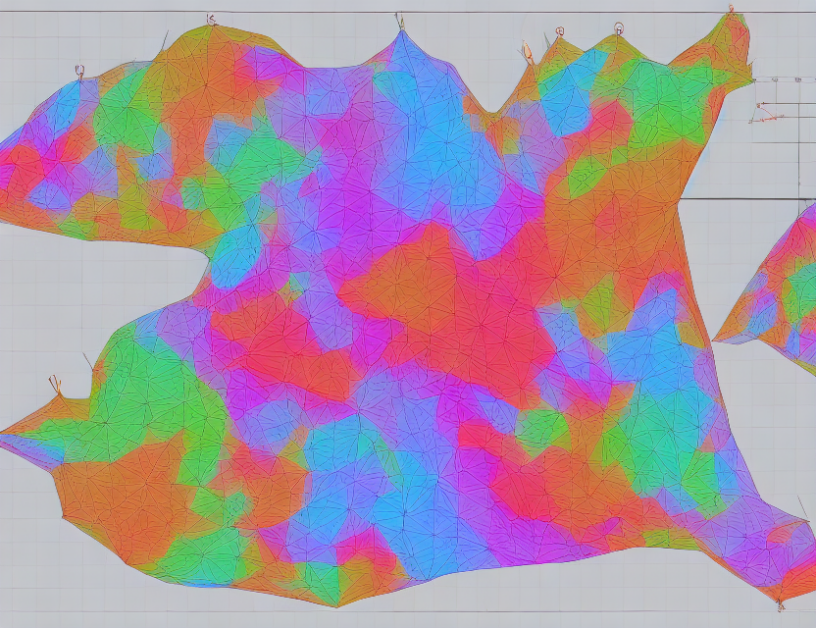The article discusses efficient methods for simulating the von Mises distribution, a probability distribution commonly used in statistics and machine learning. The authors present two algorithms for sampling from this distribution: one based on a change of coordinates and the other using a Monte Carlo Markov chain (MCMC). Both algorithms are shown to have lower error rates compared to traditional methods, making them more efficient and effective.
The article begins by introducing the von Mises distribution, which is defined as a probability density function on the unit sphere in a Euclidean space. The authors explain that this distribution has several applications, including image processing, computer vision, and robotics. They then describe the challenges of sampling from this distribution due to its complex structure.
To address these challenges, the authors propose two algorithms: Algorithm 1 uses a change of coordinates to transform the von Mises distribution into a simpler distribution, making it easier to sample from. Algorithm 2 is a MCMC algorithm that uses a Gaussian ξ to approximate the posterior distribution of the parameters of the von Mises distribution.
The authors compare the performance of these algorithms through simulations and show that they have lower error rates compared to traditional methods. They also demonstrate the application of these algorithms in a real-world example of image processing.
Throughout the article, the authors use clear and concise language, avoiding technical jargon and providing analogies and metaphors to help readers understand complex concepts. They also provide detailed explanations of the mathematical derivations and computational procedures used in the algorithms.
Overall, the article provides a comprehensive overview of efficient methods for simulating the von Mises distribution, making it an essential read for researchers and practitioners working with this distribution.
Mathematics, Statistics Theory
Efficient Simulation of the Von Mises Distribution on Riemannian Manifolds



